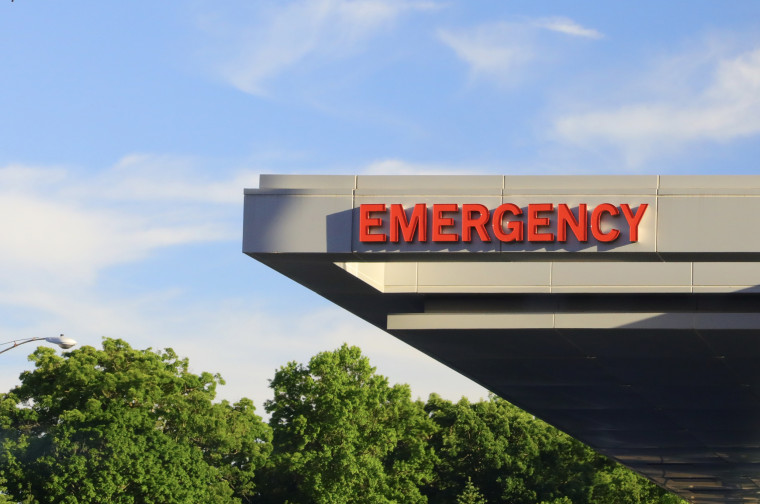Emergency department visits related to sexual assault increased more than tenfold over a span of 13 years, according to a new study that experts and advocates say reflects a growing cultural shift around confronting sexual assault.
The research, published Thursday in JAMA Network Open, showed that those visits increased 1,533% from 2006 to 2019 — a jump from 3,600 annual visits to 55,200.
The largest increase occurred between 2015 and 2016, when visits went from about 17,700 to 47,700, according to the findings.
The study authors said their research represents the largest longitudinal study of sexual assault-related visits to emergency rooms in the U.S. The analysis relied on federal data from the Nationwide Emergency Department Sample, which tracks emergency department visits, as well as the FBI’s Uniform Crime Reporting Program, which compiles data from 18,000 law enforcement agencies.
Keme Carter, an emergency physician and associate professor of medicine at the University of Chicago who has researched the medical treatment of sexual assault victims, said she, too, thinks the new research "is and will continue to be a landmark study."
The authors speculated that a combination of factors drove the trend: an increased number of sexual assaults, population growth and awareness-raising social movements like #MeToo.
"We’ve moved a long way, thankfully, in the acknowledgement that any time there’s non-consensual sexual activity, that is sexual assault," said study co-author Erica Marsh, a professor of obstetrics and gynecology at the University of Michigan Medical School.
Scott Berkowitz, president and founder of the Rape, Abuse & Incest National Network, who was not involved with the study, called the results "really encouraging."
"There’s been a huge incremental change in awareness over the last couple decades, which I think #MeToo really accelerated," he said.
According to the data, most visits to emergency departments following sexual assault were by young adult women. Over 90% of the victims who visited emergency rooms were women, and young people between 18 and 25 accounted for over 40% of annual visits.
Women and young people experience sexual assault at higher rates than other demographics, according to RAINN.
Lower-income people were also an overrepresented group, the study found.
The rise applied to men as well: Their share of assault-related ER visits rose from 3.9% in 2007 to slightly above 8% from 2016 to 2019, the study noted.
About 1 in 33 American men have experienced an attempted or completed rape in their lifetime, compared to 1 in 6 women, according to RAINN.
Among the study's other findings were that the share of assault victims who were admitted to the hospital after going to the ER decreased by 8.3%. That could be because cultural understandings of what constitutes sexual assault have expanded beyond encounters involving extreme physical violence.
Additionally, the results showed that the rise in sexual assault-related visits to emergency departments outpaced the increase in reports to law enforcement. The latter grew 23% during the study period. The number of reports to law enforcement is much larger than emergency visits, though. In 2019, for example, there were more than 139,800 reports of sexual assault to law enforcement compared to 55,296 ER visits.
Sexual assault overall makes up just 0.06% of emergency room visits, according to the study. The authors cited previous research suggesting that just 21% of sexual assault survivors seek medical care afterward.
Marsh and Berkowitz both emphasized that medical care following an assault is crucial in order to test for and prevent sexually transmitted infections and viruses, as well as to collect evidence that a victim may want to provide to police.
The new study comes with limitations, however. For one, the NEDS database that logs ER visits could represent patients who visited emergency departments more than once.
The FBI data, meanwhile, relies on voluntary reports from law enforcement and narrow definitions of sexual assault, according to the study. And, of course, it does not capture sexual assaults that went unreported — which more than two in three do, according to RAINN.
Also impacting the data, potentially, is a 2015 change in how the International Classification of Diseases, a diagnostic tool maintained by the World Health Organization, characterized sexual assault during the study period. Prior to 2015, the ICD offered only one code to describe adult sexual abuse; starting in 2015, it offered multiple, more specific codes.
Furthermore, the study does not account for transgender and nonbinary people, who experience sexual violence at especially high rates, according to RAINN.
